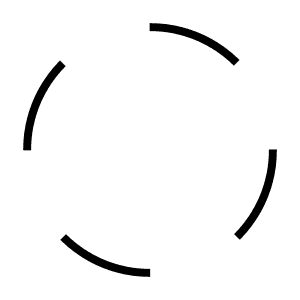"Kaj Duncan David’s new album ‘Only Birds Know How to Call the Sun and They Do It Every Morning', made with the Danish contemporary ensemble Scenatet, is an extraordinary work of sui generis avant-garde electronic music, exploring therelationship between language and three interrelated themes; human development, altered states of consciousness and AI / machine learning.
Employing voice (vocoder, talkbox), synth, EWI (electric wind instrument), MIDI guitar and MIDI percussion, ‘Only Birds Know How…’ is focused on a timely conceptual premise, one that imagines what the linguistic progression of AI would sound like if guided by play and experimentation, rather than input data. In other words; the sound of AI learning to speak just as a human does. The album duly envisions what this cognitive process would sound like if combined with “sci-fi chamber music”. In other words; unruly, distorted, mischievous, yet strangely beautiful and compelling.
The album originated with Kaj’s desire to create songs based on his interest in pre-linguistic singing and the oral transition from “pure, non-verbal vocal sound to expressive meaning”. ‘Only Birds Know How…’ was then written for ensemble and performed at the following festivals; Spor (Aarhus), Frequenz (Kiel) and Copenhagen’s MINU. The album’s source material comprises the MIDI files recorded by Kaj at MINU, material subsequently adapted during the album’s production. Out of this, Kaj and Scenatet have assembled a special symphony that lives, falters and flourishes, capturing the accretions of language and learning through the lens of the organic, the mystical and the technological. With garbled, polyphonic vocals and errant, indeterminate electronics, they embody the way language morphs and contorts, offering a captivating, surreal vista of contemporary speech, music and perception.
For Kaj, ‘Only Birds Know How…’ is a “a psychedelic reimagining of how language develops, a sort of science fiction concept album depicting a consciousness forming and the states this subject passes through in the process of discovering the world”. Defining the album as a “cosmic soup” that “connects recent experiences in parenthood, mystical encounters and an ongoing interest in AI”, Kaj highlights the influence of specific ideas associated with these themes, including early language development and glossolalia (or speaking in tongues).
Together, Kaj & Scenatet create speculative, futurist electronic music replete with conceptual curiosity. The album lurches through stuttering vocoder-phonetics, disassembled new age soundscapes and aleatoric synthesis, before moving into more structured, affecting but no less singular territories. Dedicated to Kaj’s daughter, with texts co-created with Brazilian performer Maikon K, ‘Only Birds Know How…’ is a remarkable detour from the conventions of languageand experimental music. Exploring the flux of communication and consciousness, Kaj and Scenatet outlay an aesthetic anomaly, illustrating an elusive, intricate and multi-layered conception. Is this a treatise on the fraught implications of AI, an ode to acid-fried transcendence or an existential rumination on parenthood? Is it all of this, none of this, or more? The answer lies within. You’ve heard machines weep, but have you heard them learning to talk?"









